Appetite For Destruction by Guns n Roses
Buy Appetite For Destruction Guns n’ Roses arrived like a tsunami on the rock scene with their strong 1987 debut, Appetite for Destruction, a hard rock album which blew the glam out of […]

Buy Appetite For Destruction Guns n’ Roses arrived like a tsunami on the rock scene with their strong 1987 debut, Appetite for Destruction, a hard rock album which blew the glam out of […]
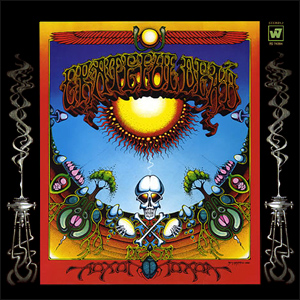
Buy Aoxomoxoa Aoxomoxoa is the third studio album by Grateful Dead and, perhaps, the one most dominated by lead guitarist and vocalist Jerry Garcia. Created under the working title of “Earthquake Country” (because […]

Buy Animals One of the more underrated classic albums, Pink Floyd‘s Animals is set up like an epic movie with three self-contained sub-chapters and sub-plots that somehow all tie together in the end. […]
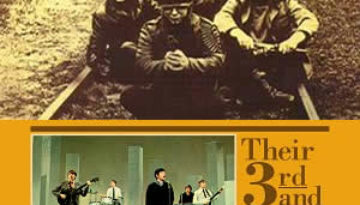
Buy Animal Tracks (US version) In 1965, The Animals released a pair of albums that were each titled Animal Tracks, a May 1965 release in their native UK and a September release in […]

Buy An innocent Man Billy Joel took a musical detour by forging an album of interpretive styles on An Innocent Man, his ninth studio album. Here, Joel pays homage to various musical styles […]
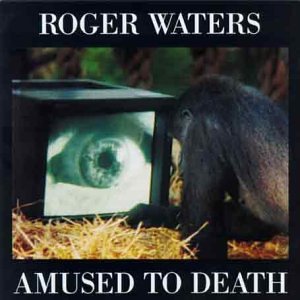
Buy Amused to Death For what turned out to be his final solo studio album (to date, 20 years and counting), Roger Waters composed a complex (and often confused) concept album called Amused […]
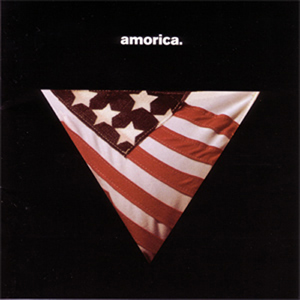
Buy Amorica Although not a particularly strong seller, The Black Crowes may have reached the quality peak of their career with their third album, Amorica. After two commercial blockbusters in the early nineties, […]
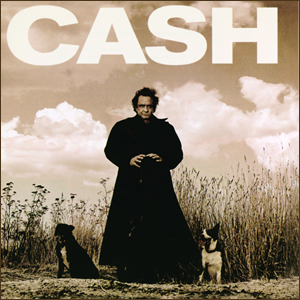
Buy American Recordings Released in Spring 1994, American Recordings was (incredibly) the 81st overall album by Johnny Cash and was the ignition point for the second great comeback of his long career. Like […]
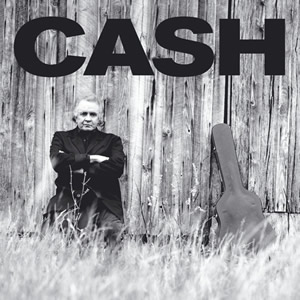
Buy American II: Unchained Building on the momentum of his 1994 comeback album, American Recordings, country/rock legend Johnny Cash decided to do a sequel in what would become a very successful late career […]
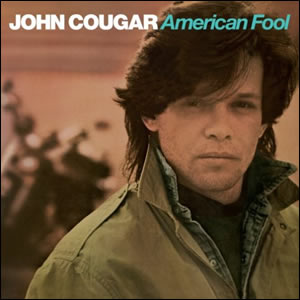
Buy American Fool American Fool may mark the midway point of the artist’s evolution from the stage name “Johnny Cougar” back to his given name John Mellencamp. The differing names (of which there […]